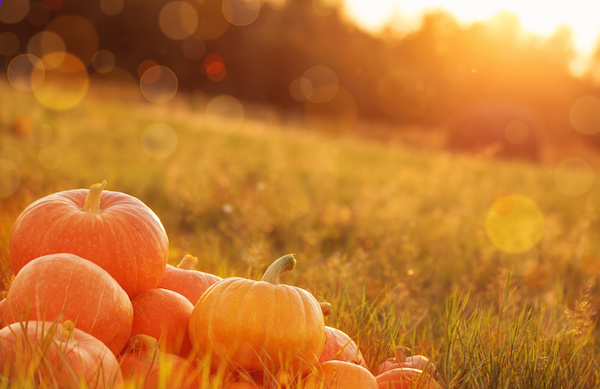Don’t “Fall” Behind on Your Landscaping this Season
As we transition into Fall, it’s a good time to start thinking about ways to ensure your landscaping will continue to thrive with the upcoming, seasonal climate changes. Here are some factors to consider:
1. Types of Turf
For warm season turf, overseeding with a cool season grass can help to extend the longevity of your turf’s color. Otherwise it’s likely that it will start “browning out” as the temperatures drop.
For cool season turf, fertilization and irrigation schedules should be adjusted as needed to keep the grass green and healthy throughout the fall season.
2. Irrigation Schedule
With temperatures dropping in San Diego, plants won’t require as much water. This is a great time of year to take advantage of water savings by adjusting your irrigation schedule to reduce the frequency and amount of water used.
3. Enhancements
Fall is a great time for your maintenance contractor to add enhancements to your landscape. The lower temperatures will allow new plants time to establish and acclimate, making them more likely to withstand the next summer’s heat.
4. Trees
Along with cooler temperatures, Fall also brings additional rainfall. While this is great for irrigation, excessive rainfall (and heavy winds often associated with rain) can be detrimental to trees, causing them to fall; a huge liability for businesses and homeowners. Improperly pruned, diseased, stressed, or dead trees are often most affected. To avoid this, dangerous trees should be removed, staked, or trimmed. All trees should be checked regularly as to whether or not they need trimming/thinning out.
5. Drainage
Excessive rain during the Fall season can also create drainage issues. As a maintenance contractor, our goal is to ensure that the components of drainage – brow ditches, drains, bioswales, inlets, catch basins, etc. – are clear of landscape debris to prevent flooding and overflow. If not, this can lead to flooded homes, businesses, parking lots, landscapes, etc.
6. Slope Erosion
With rainfall, erosion can happen if slopes aren’t planted properly or when there’s little to no plantings on a slope. Deep-rooted plants ensure they’ll stay intact during periods of rainfall, which reduces landscaping costs due to replanting, damage caused by erosion, etc. A quick solution might be: add straw waddle, which creates a barrier, where needed to prevent erosion until plantings are established.
Have questions or concerns about your landscaping as we move into the Fall season? Contact Benchmark Landscape today and let us know how we can help!

